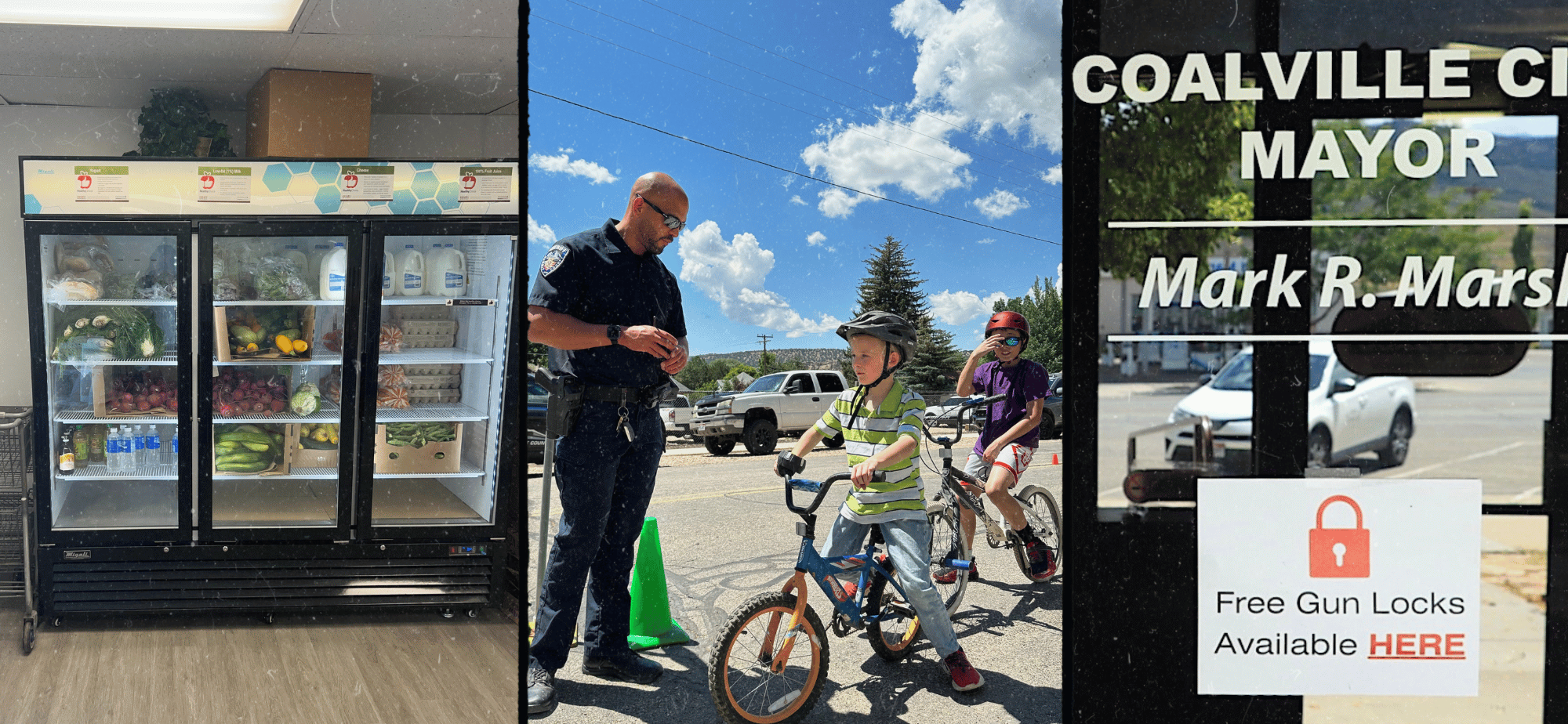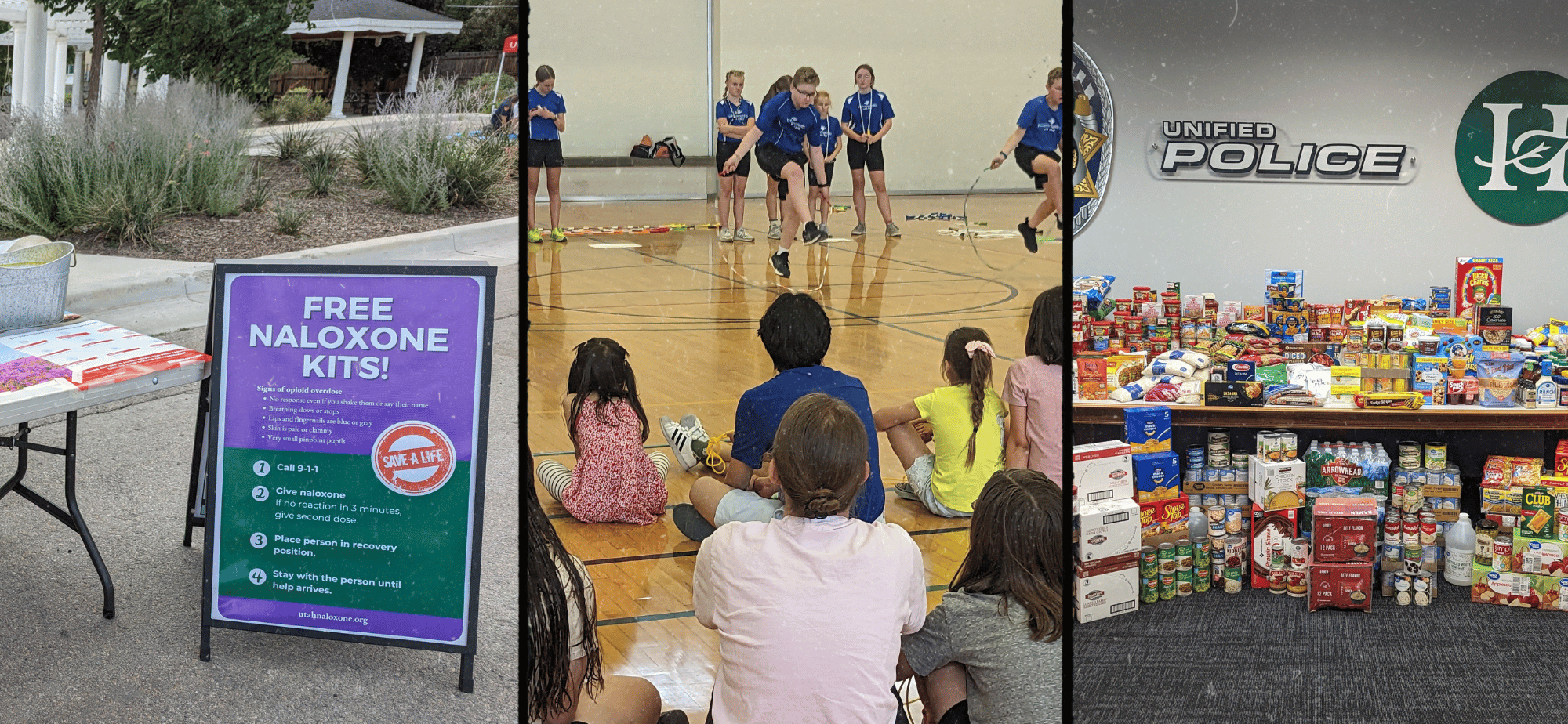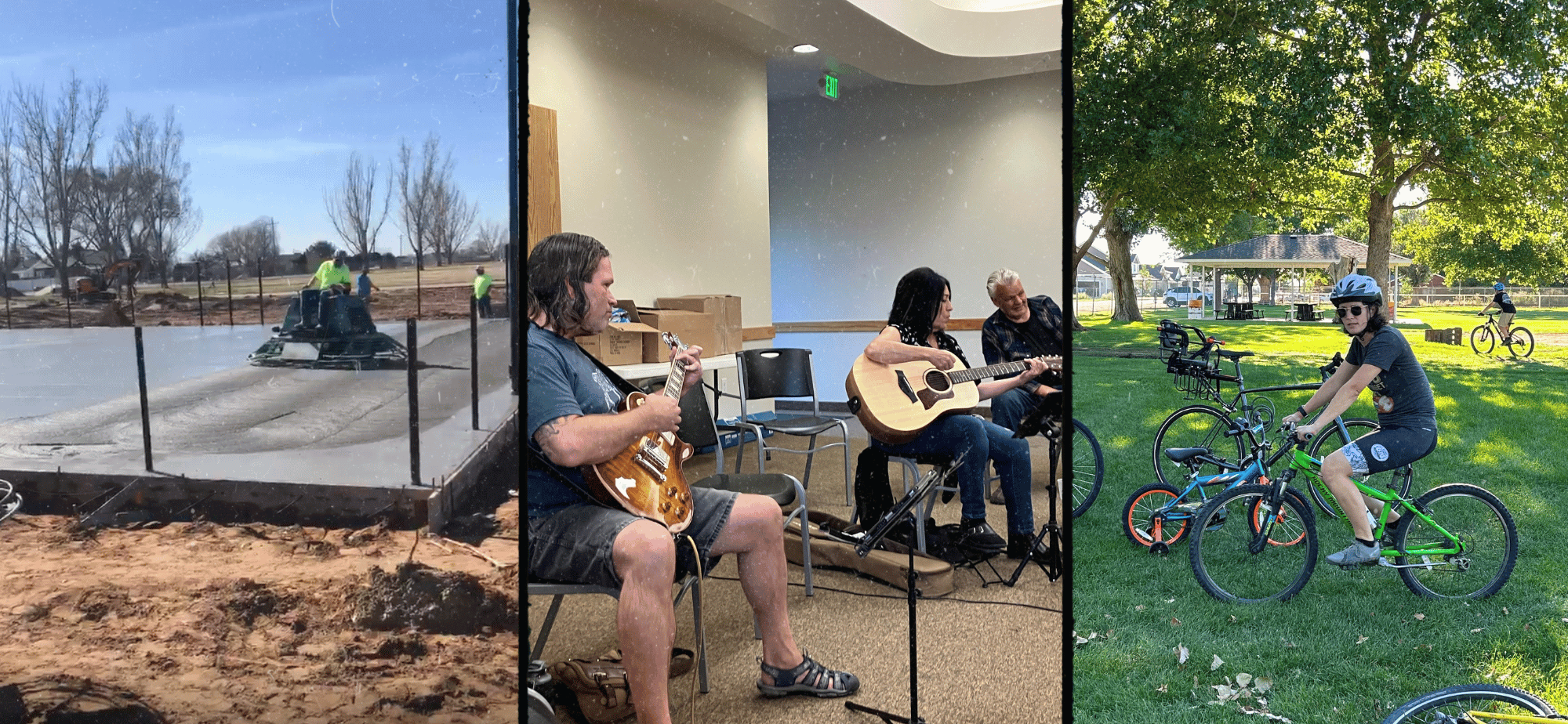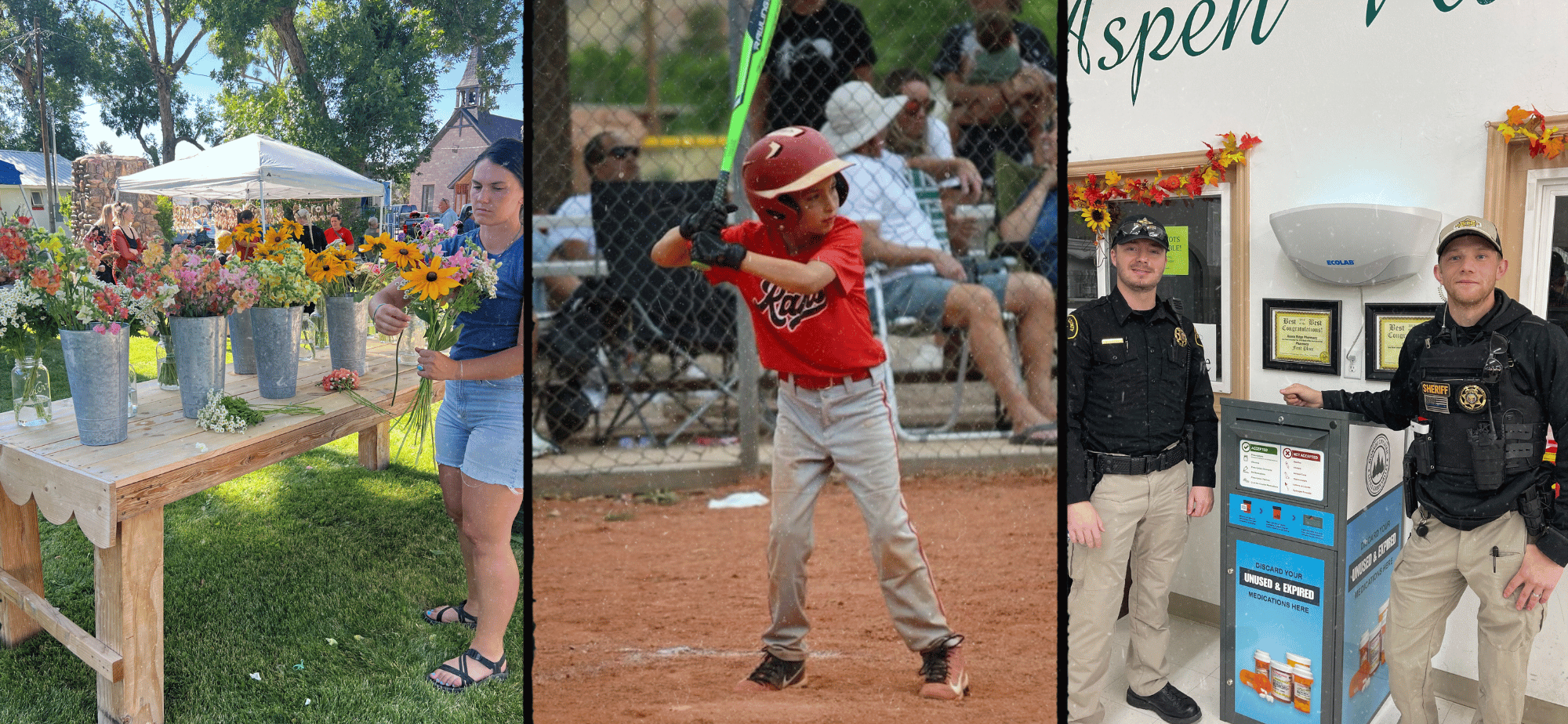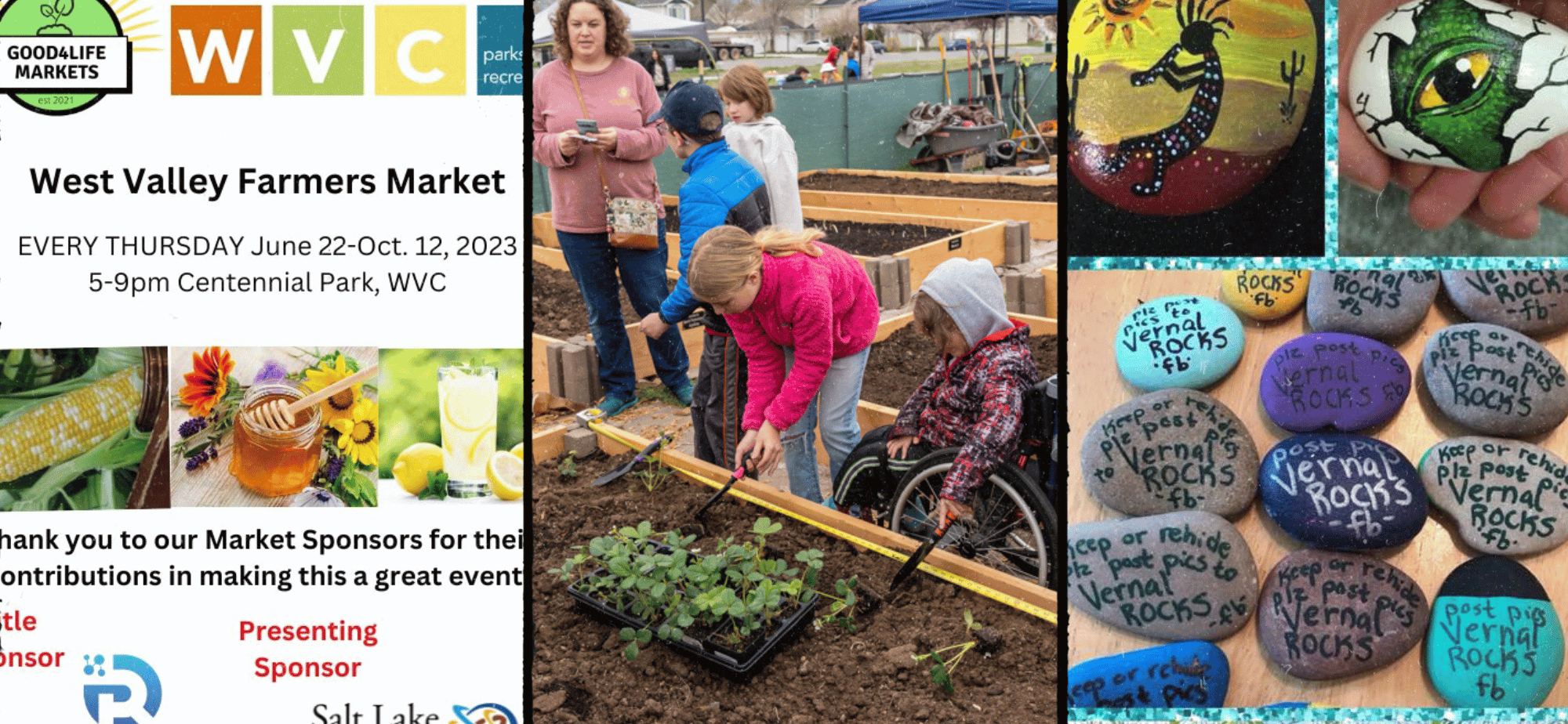Get Healthy Utah held its annual Stakeholder Retreat this October at the Viridian Event Center in West Jordan. This year’s theme was “Connection: Building a Culture of Health.” Topics included the connection between physical and mental health, as well as the importance of societal connection for community wellbeing. Leaders from various sectors attended to learn more about their common goal: to improve the health of Utah communities.
 A welcome from West Jordan's Mayor Dirk Burton and City Councilperson Pamela Bloom
A welcome from West Jordan's Mayor Dirk Burton and City Councilperson Pamela Bloom
Opening words from Get Healthy Utah Chair Greg Bell
Get Healthy Utah Highlights
Alysia Ducuara, Executive Director, presented on Get Healthy Utah’s successes during the 2022–23 fiscal year. Over the past year, Get Healthy Utah developed a new five-year strategic plan, focusing on four pillars: Convene, Educate, Amplify, and Advocate. Get Healthy Utah presented at nine conferences and events, partnered with the Utah Worksite Wellness Council to hold an event for Utah businesses, and designated nine new cities a Healthy Utah Community. Get Healthy Utah also pursued policy efforts, including promoting policy work for public health and piloting Health in All Policies in three Utah cities.
To view the presentation slide deck, click HERE.
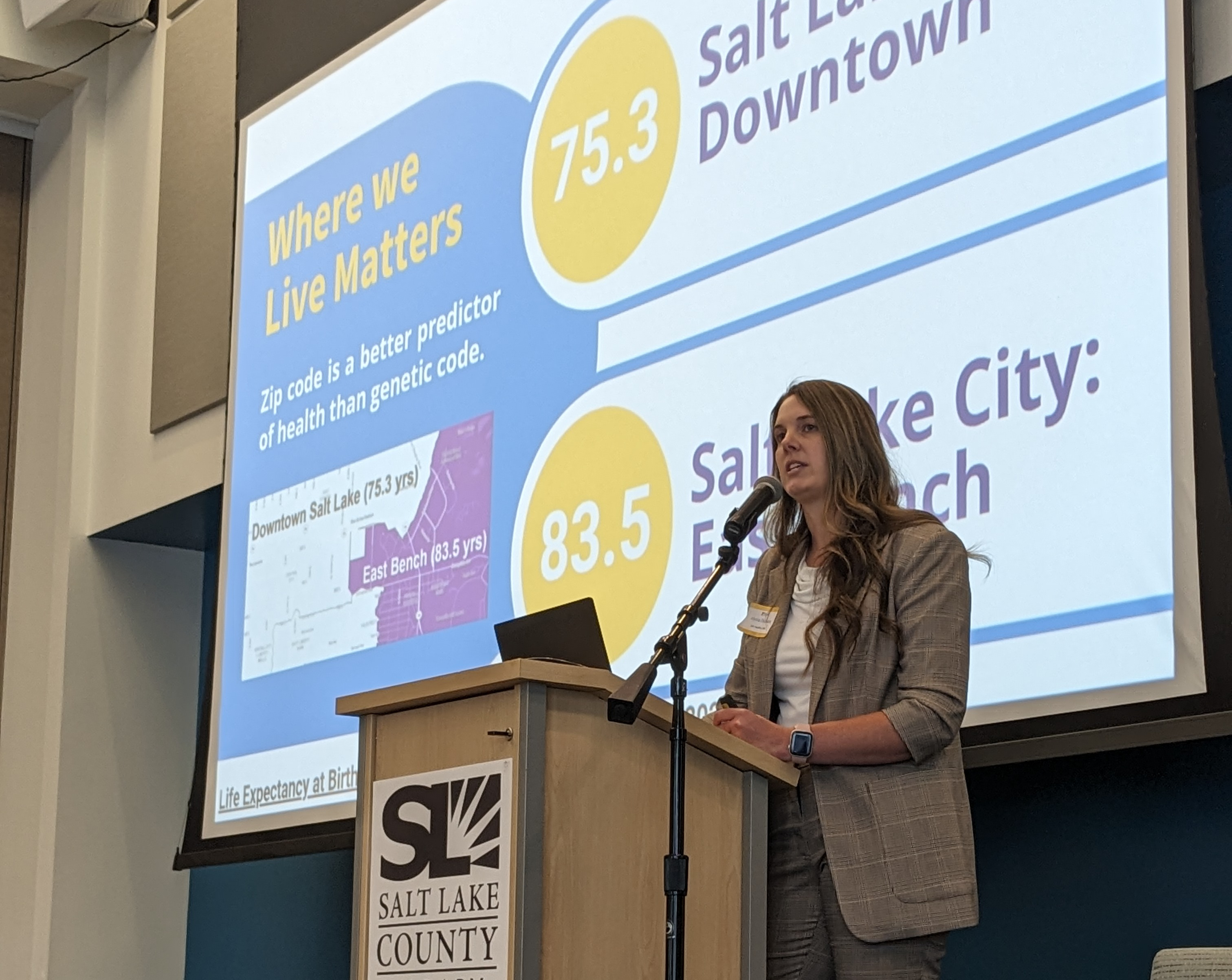
Keynote Panel: Representative Steve Eliason, Dr. Julianne Holt-Lunstad, and Mayor Jeff Silvestrini
Each of the keynote panelists this year work tirelessly to improve mental health for communities. Representative Eliason, who has served in the Utah State Legislature for over a decade, shared insights from his work on mental health legislation. Dr. Holt-Lunstad shared about her work on the Surgeon General’s report about the epidemic of loneliness, and emphasized the importance of social connection to improve community mental health. Mayor Silvestrini talked about the changes Millcreek has made to improve residents’ mental wellbeing. For example, Millcreek created the Millcreek Promise Program and designed new places for gathering in the city.

Data Lightning Round
Three presenters shared about their work to collect data on the health and wellbeing of Utahns:
Utah Foundation: Community Health Reports
Shawn Teigen, President
The Utah Foundation produces objective, analytical research to support good policy choices in Utah. The Utah Foundation regularly surveys Utahns on their quality of life. In 2022, there was a sharp decrease in scores. Recently, the Utah Foundation started a Healthy Community series consisting of three reports. The first report focused on the importance of open spaces in creating healthy communities. Get Healthy Utah and the Utah Department of Health and Human Services partnered with the Foundation for the second report, “Advancing Safety and Wellness,” which focuses on how Utah policymakers can promote active living in their communities. You can view all of the reports at utahfoundation.org.
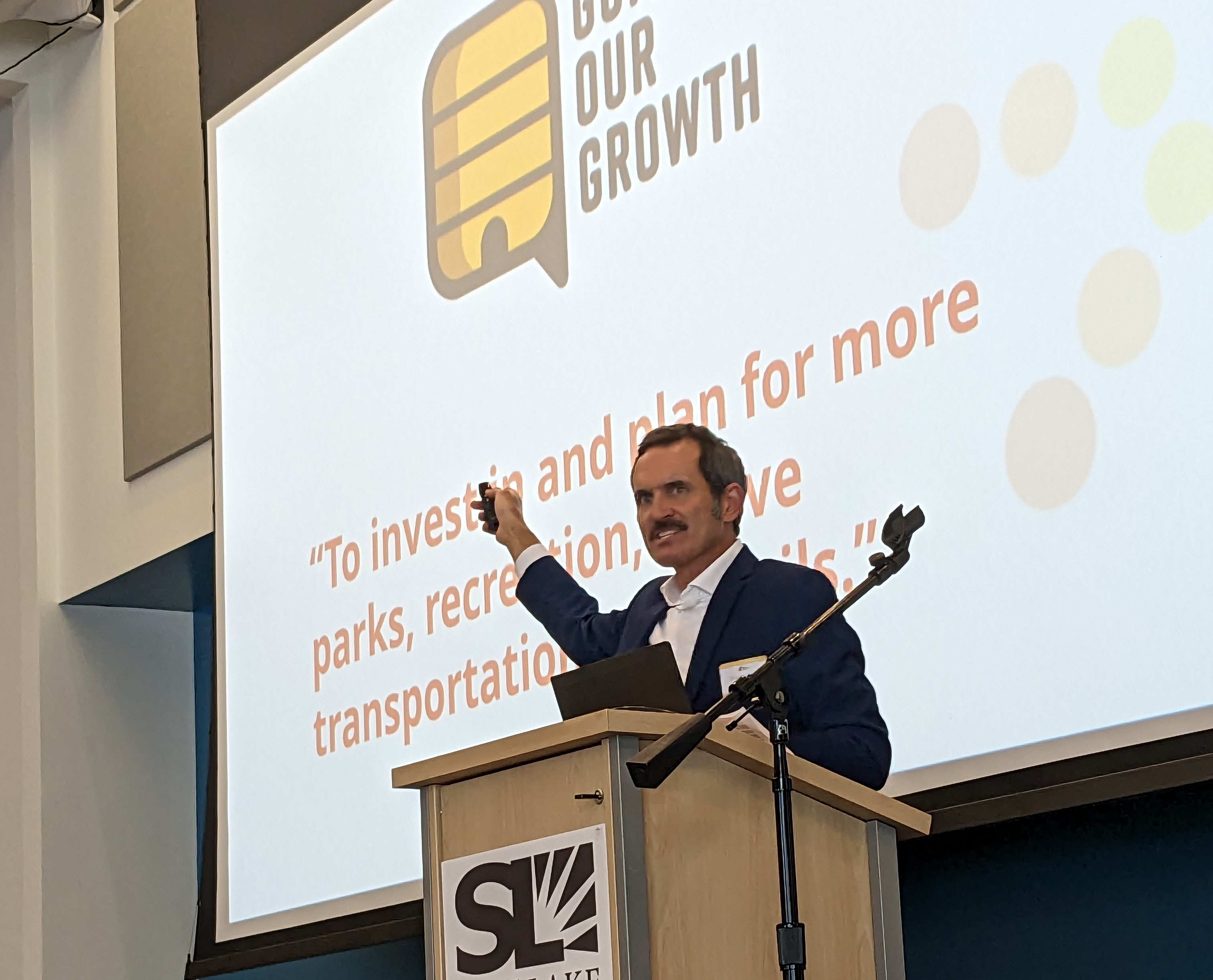
Utah State University Wellbeing Survey
Dr. Courtney Flint, Utah State University
Utah State University (USU) partners with city and town leaders across the state to conduct a free Wellbeing Survey. The survey assesses residents' wellbeing and attitudes about community issues, and helps to promote sound planning and decision-making among community leaders. The project has collected over 25,000 surveys from Utahns across more than 35 cities. The next round of surveys will be administered in 2024. For more information, visit the project’s website.

Built Environment for Healthy Aging
Dr. Andy Hong, University of Utah
Dr. Hong is Director of the Healthy Aging and Resilient Places (HARP) Lab at the University of Utah. HARP’s mission is to support research and other efforts that create healthy places to live across the lifespan. Policies can impact the entire population’s health. For example, the built environment can either hinder or promote active living for the aging. HARP has gathered examples of successful interventions that have supported health across the entire population, regardless of age. Visit harp.utah.edu to learn more.

Get Healthy Utah Awards
Get Healthy Utah presented two partnership awards at the 2023 Stakeholder Retreat. First, Dr. Courtney Flint accepted an award for her work with the Wellbeing Project. The Wellbeing Project provides vital information that supports our understanding of community wellness in Utah. Second, Get Healthy Utah recognized the Healthy West Valley Committee for being a shining example of an effective health coalition. First organized in 2018, the Healthy West Valley Committee brings together community partners, residents, and city staff members to advocate for wellness in West Valley City. It is a strong example of what a community health coalition can become.
Health in All Policies Panel
Kiana Dipko, Millcreek City
Alex Kidd, West Valley City
Kevin Nguyen, West Valley City
Julia Glade, SLCO Health Dept
Beginning in 2022, Get Healthy Utah partnered with three Utah cities—Manti, Millcreek, and West Valley City—to pilot projects promoting Health in All Policies. Health in All Policies is an integrated, collaborative approach to improve the health of a community by considering the health impacts of policies and actions being made across sectors. Some of Get Healthy Utah’s partners in the pilot projects joined a panel to discuss their experiences implementing Health in All Policies. They emphasized the importance of communicating with city leaders in plain language. It takes time for change to happen, but sitting down one-on-one with people can help them to see the importance of health in policymaking. The ability to customize and adapt approaches to specific cities is also important.
To view the presentation slide decks, other resources, and more, visit linktr.ee/gethealthyutah2023.
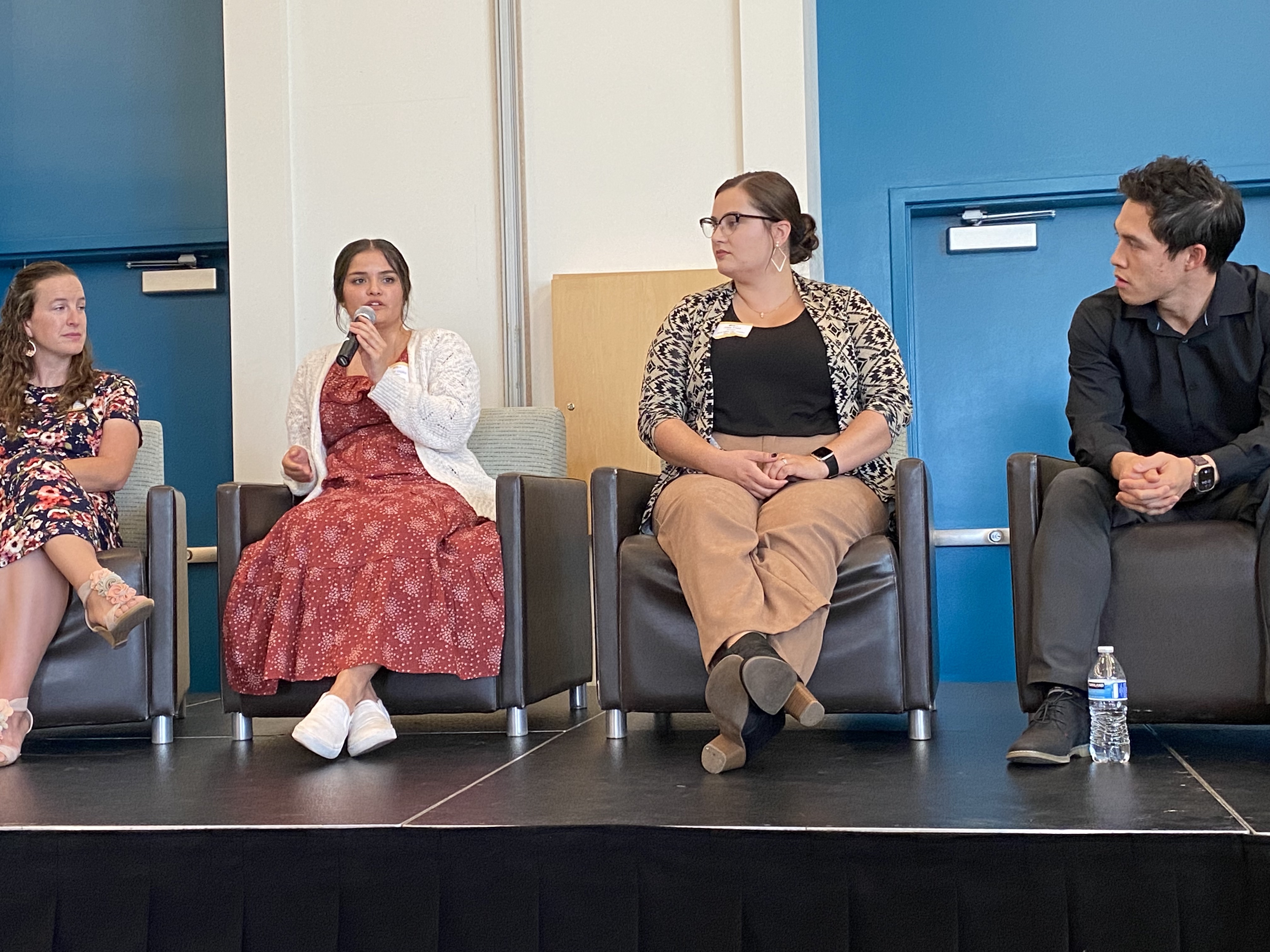
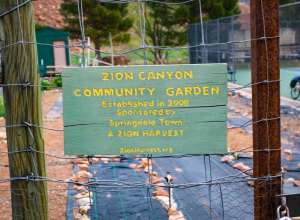
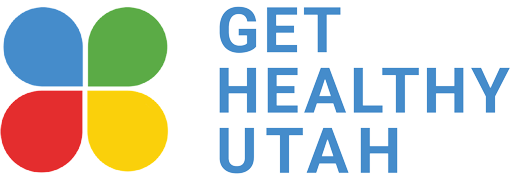
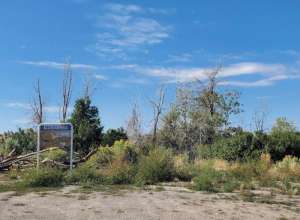
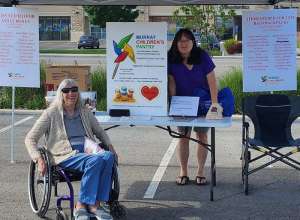
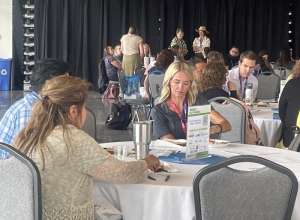
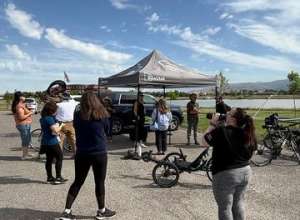
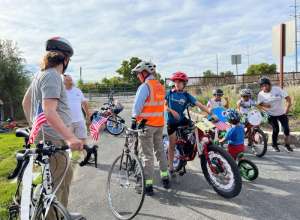
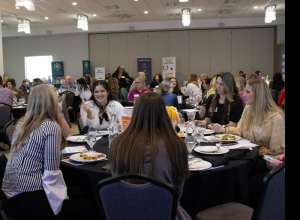
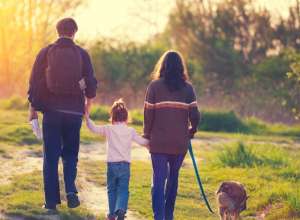
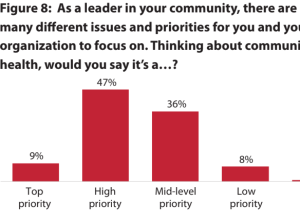
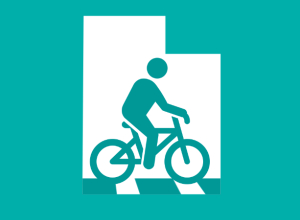
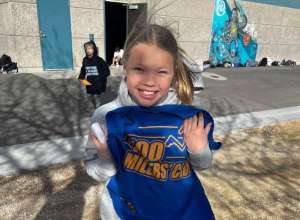
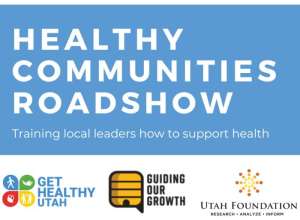
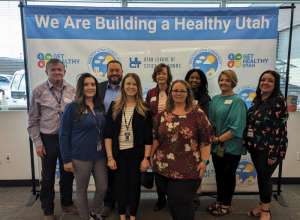


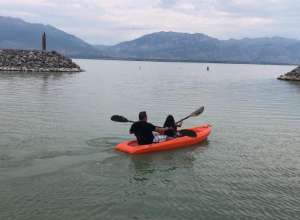
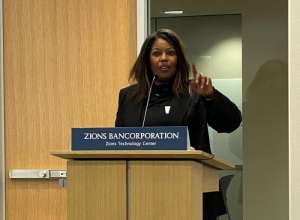
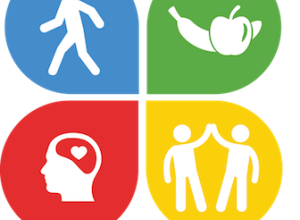
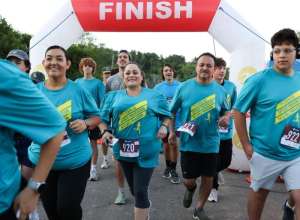
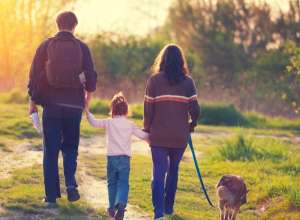
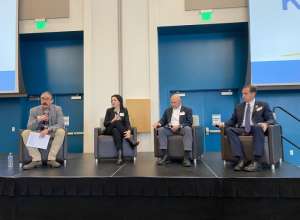
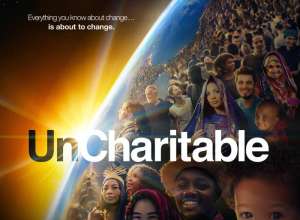
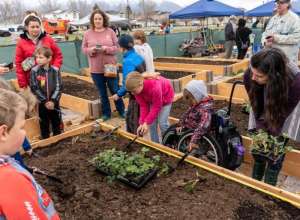

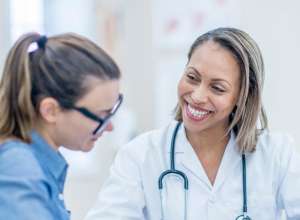
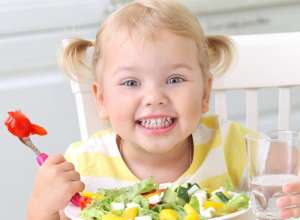
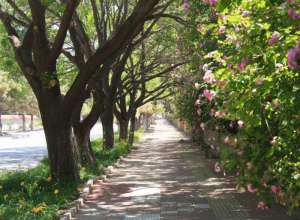
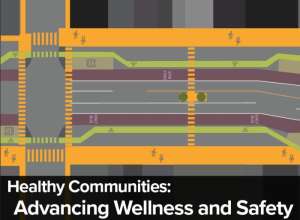
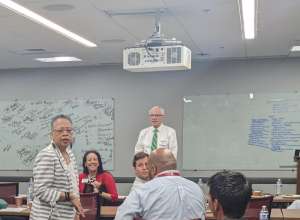

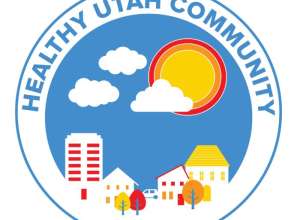
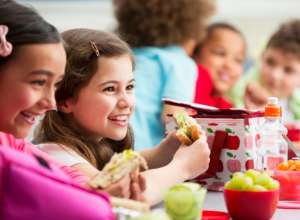
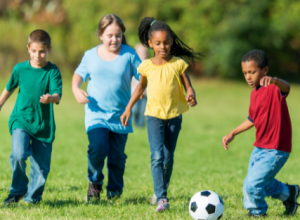


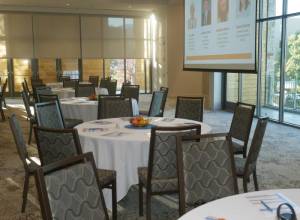
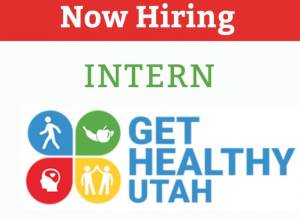

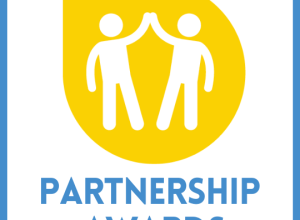
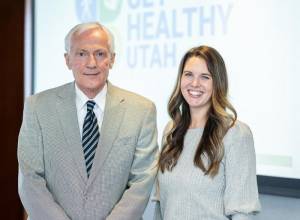
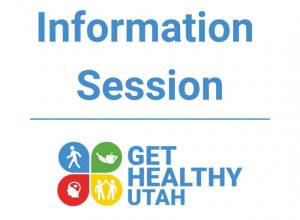
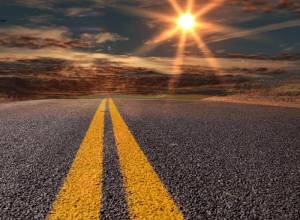

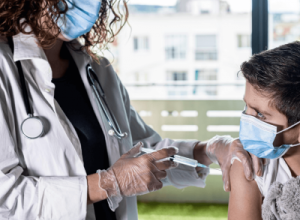



.jpg)
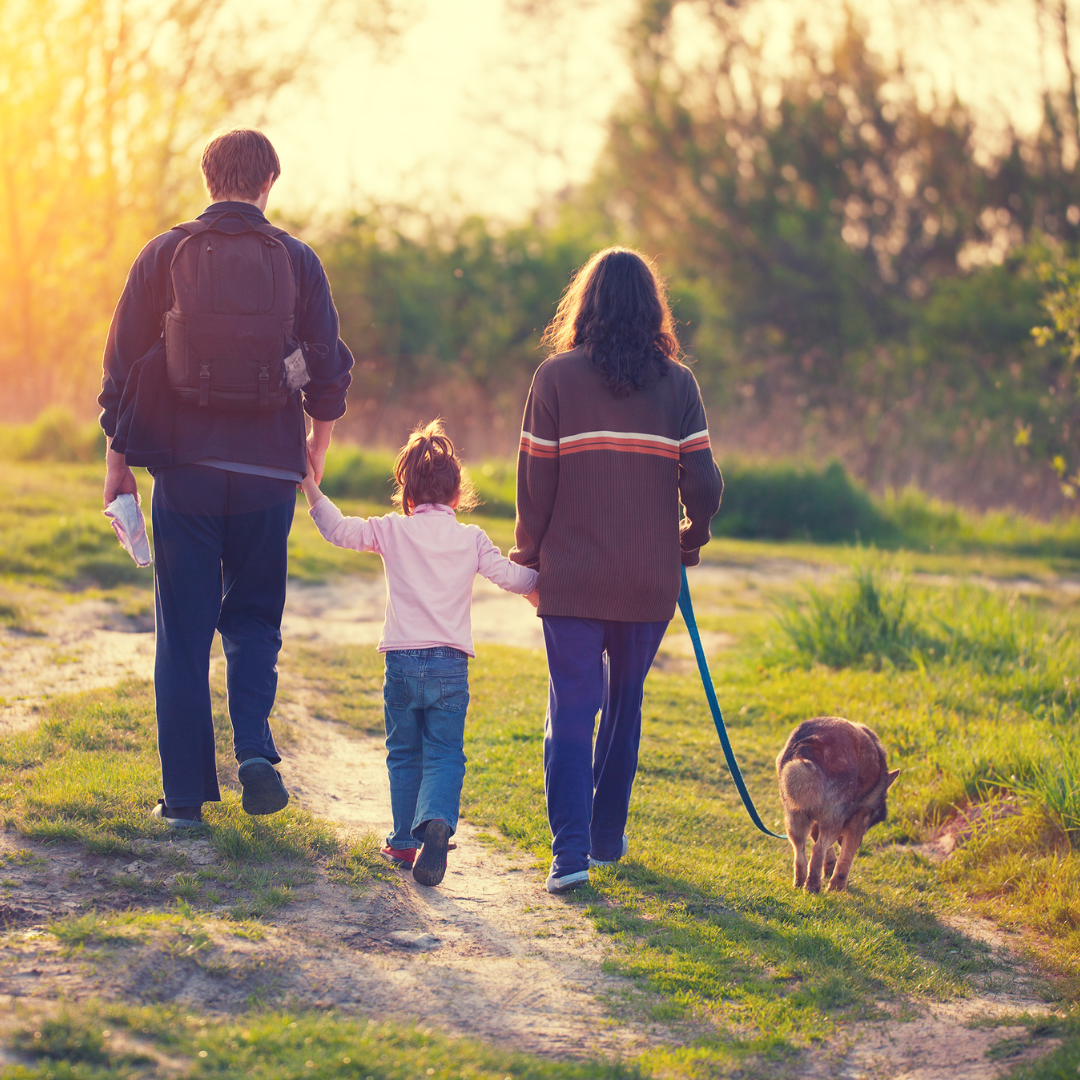 Regular physical exercise is one of the best things you can do to improve your health. Walking is a form of exercise that is available to most people, does not require any special equipment other than good supportive shoes, and can be fun to do with friends and family members. The Mayo Clinic reported the following benefits of regular walking: it can reduce the risk of heart disease, obesity, diabetes, high blood pressure, and depression.
Regular physical exercise is one of the best things you can do to improve your health. Walking is a form of exercise that is available to most people, does not require any special equipment other than good supportive shoes, and can be fun to do with friends and family members. The Mayo Clinic reported the following benefits of regular walking: it can reduce the risk of heart disease, obesity, diabetes, high blood pressure, and depression.
 A welcome from West Jordan's Mayor Dirk Burton and City Councilperson Pamela Bloom
A welcome from West Jordan's Mayor Dirk Burton and City Councilperson Pamela Bloom







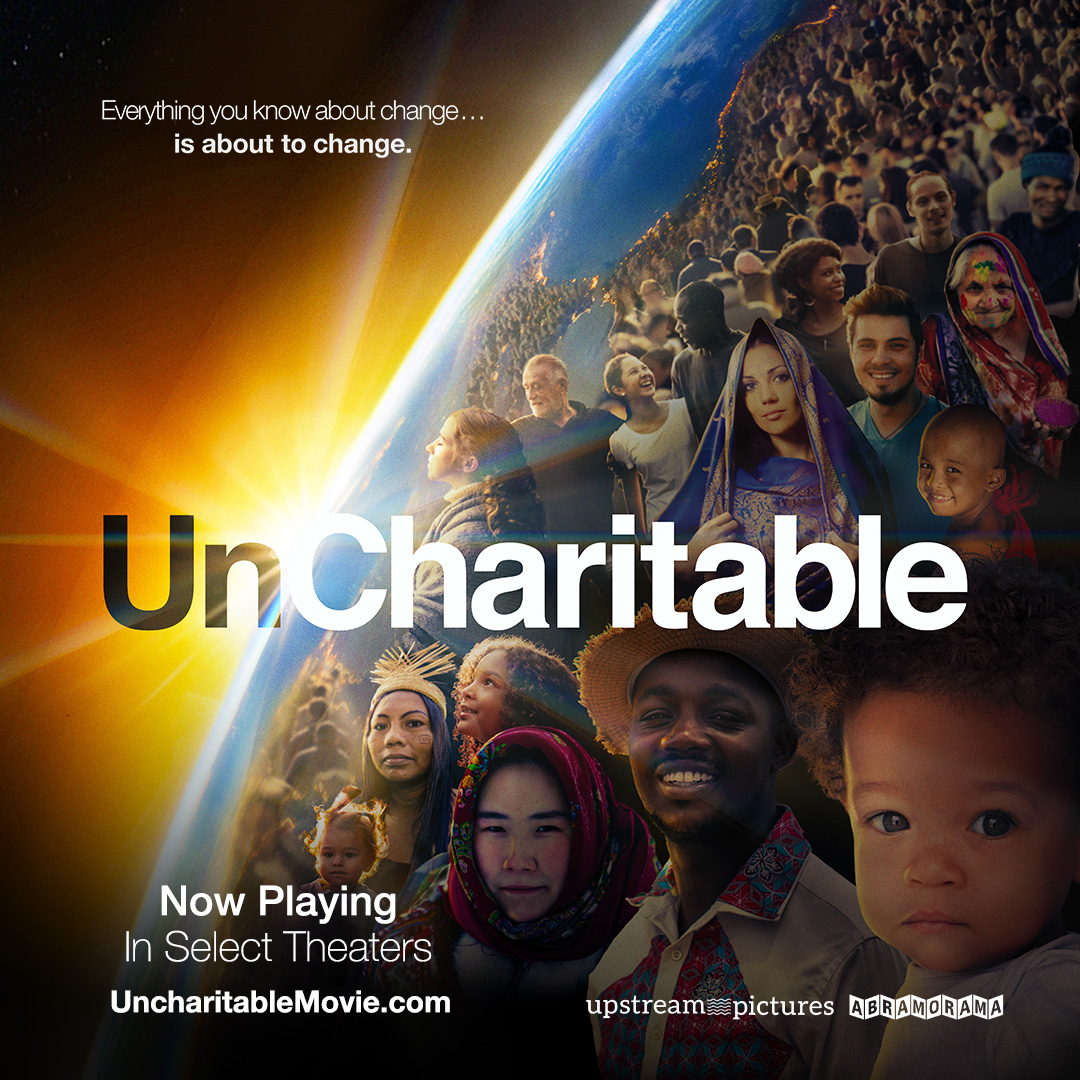 Recently, the Get Healthy Utah staff attended an advance screening of
Recently, the Get Healthy Utah staff attended an advance screening of 
